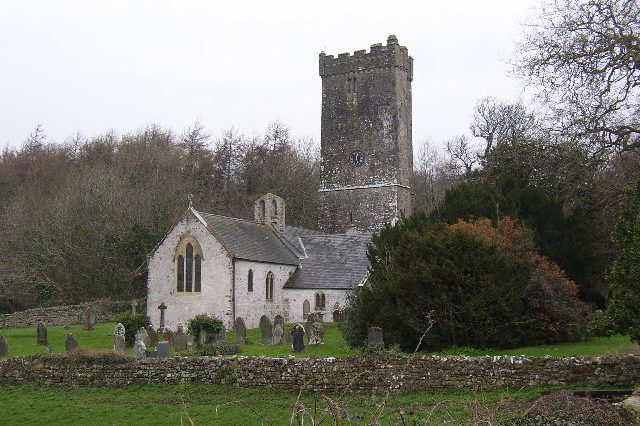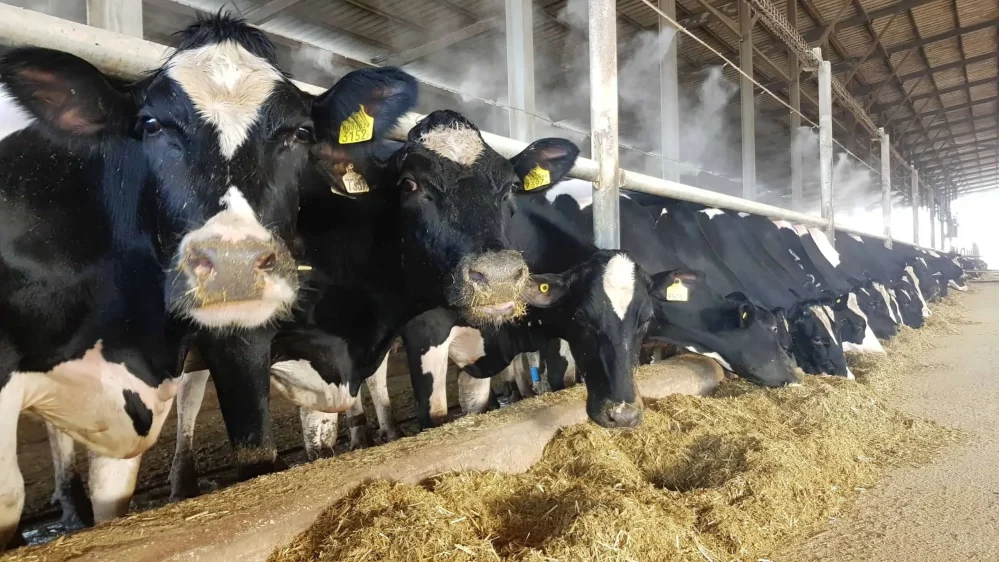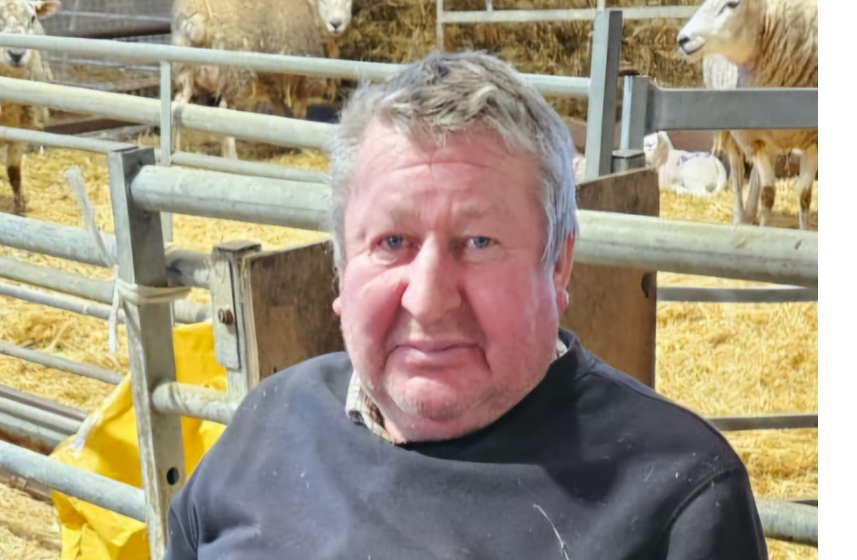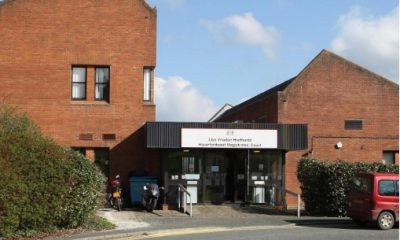Farming
Bringing back beaver

PLANS to reintroduce beavers to the Cors Dyfi Nature Reserve have been criticised by the local branch of the FUW.
The Montgomeryshire branch of the union described the plans as ‘a short-sighted move’.
FUW Montgomeryshire County Executive Officer Emyr Wyn Davies said: “We believe there is insufficient evidence to conclude that this animal does not pose a threat to livestock and the people living here, including bringing disease into the area. That’s just one of many concerns and we are extremely worried about this short sighted move.”
Other concerns raised by the FUW about the reintroduction of the beaver include the animals damming watercourses, which could severely impact the adjacent agriculture land; the risk of the animals escaping their enclosure and the low lying levels of the Dyfi, which are already prone to flooding through natural means – the introduction of an animal which dams watercourses by instinct is likely to exacerbate the flooding propensity for this area.
Emyr Wyn Davies continued: “We must also consider what happens if a landholding in close proximity to the proposed enclosure enters a Welsh Government agri-environment scheme to increase biodiversity habitats by tree planting and on a Welsh Government inspection is found to be in breach of contract because of vegetation damage by beaver activity – which organisation compensates the at loss landowner?
“Furthermore, will NRW have a legal obligation to monitor and clear debris entering water courses as a direct result of beavers felling timber?” Mr Wyn Davies questioned.
He added that whilst the farming community is supportive of increasing biodiversity and habitats, this must not come at the expense of people living in an area.
“Let’s also not forget the ambulances getting through to Bronglais Hospital on a stretch of road next to the proposed release site that’s only just stopped flooding whenever it rains – the alternative is a 60 mile detour!”
Reintroducing a species which has been absent for over 400 years is a challenging project from an ecological and social perspective.
Over such a timescale, the ecosystem and its biodiversity have changed considerably due to a host of natural and anthropogenic drivers. Moreover, people have forgotten that beavers were a natural ecosystem component and so species that have been absent for hundreds of years may now be considered as invaders or intruders despite being originally native.
There have been more than 200 formal beaver reintroduction projects (plus numerous unofficial releases) in more than 26 European countries.
Beavers are often referred to as ‘ecosystem engineers’. They make changes to their habitats, such as digging canal systems, damming water courses, and coppicing tree and shrub species, which create diverse wetlands. In turn these wetlands can bring enormous benefits to other species, such as otters, water shrews, water voles, birds, invertebrates (especially dragonflies) and breeding fish.
However, through their activities, there’s the potential for beavers to come into conflict with land management, flood defence and fisheries interests
Additional problems arise when so-called ‘re-introducers’ release species into the wild unchecked and outside the stringent statutory procedures regarding wild animals return to UK habitats.
The reintroduction of beavers into the Scottish countryside almost came unglued after the unauthorised and unmonitored release of beavers to waterways around Tayside.
With regard to the illegal releases on the Tay, both the reintroduction process and the government’s response in Tayside (the Scottish Government declined to act) had been responsible for fuelling the conflict there.
Previous deliberate and ultimately disastrous introductions of non-native animal species into the Welsh countryside, for example mink, have also undermined the case for reintroducing once-native species.
In beavers’ case, the issue isn’t just about the reintroduction of a species – it’s about the reintroduction of an entire ecosystem that disappeared over 400 years ago..
Those who support beavers’ reintroduction say it will benefit both farmers and wildlife because beaver dams help reduce downstream flooding by holding back water and releasing the water slowly after heavy rain while reducing silt build-up.
However, research into Scottish releases revealed that among those opposed or sceptical about beavers’ reintroduction, identified that while projects listed ‘desired outcomes’, none of them considered what to do if those ‘desired outcomes’ were not achieved. The need to control beavers, their spread and absence of long-term funding for their management was also a concern.
Reintroductions involve humans. Individuals or groups carry out these projects which, in turn, have an effect on landscapes and the way they are being inhabited, used or simply perceived. In light of this, any reintroduction project is challenging. It implies looking at a specific species, its effects on the environment and people’s perceptions and acceptance of it. It also requires engaging in effective discussions which involve all the actual and potential stakeholders, without labelling them, to agree on a broad and long-term plan for the landscape.
The lack of trust between wildlife/conservation groups and farmers is the largest barrier to reintroductions’ success. In the case of the Dyfi Biosphere, the controversial Summit to Sea project drove a wedge between local farmers and projects involving species’ reintroduction which will take many years to resolve.
Farming
Farm building scheme near Lawrenny given go-ahead by planners

AN APPLICATION for a storage building at a south Pembrokeshire farm, made by a family member of an officer on Pembrokeshire County Council’s planning service, has been given the go-ahead by the authority’s planning committee.
In an application recommended for approval at the July 23 meeting of the authority’s planning committee, Laura Elliot sought permission for the erection of an agricultural storage building at Tedion Farm, a dairy farm near Lawrenny.
The application had been brought to committee, rather than being delegated to planning officers, due to the family connection.
The farm, near to the Pembrokeshire coast National Park border, comprises 270 milking cows and dairy heifer replacements kept on the farm comprising land over 138 hectares. The farm is mainly down to grass and the cows are paddock grazed in order to utilise grass efficiency.
No objections had been received from local community council Martletwy.
A report for members said: “The application seeks consent for the erection of agricultural storage building. The erection of an agricultural building will be used to store stay, hay and farm machinery.
“The building would be located within the existing farm complex, to the north-east of the site, adjacent to the main farm dwelling. The building will measure 18 metres in length by 13.6 metres in width, with a pitched roof height of 5.71 metres.”
Approval was moved by Cllr Alistair Cameron, seconded by Cllr Brian Hall.
Farming
Fears dairy farm near Kilgetty could increase to 3,000 cattle

PEMBROKESHIRE planners are to visit the site of one of the county’s largest dairy farms after claims were raised a scheme for new calf buildings could lead to animal welfare issues and an increase in the size of the herd to 3,000 cattle.
At the July 23 meeting of the council’s planning committee, an application by Hugh James of Langdon Mill Farms Ltd for a calf building, weaned calf building, and associated yard areas, at Langdon Mill Farm, near Jeffreyston, Kilgetty was recommended for conditional approval.
Local community council Jeffreyston has raised concerns, made by a member of the public, on potential increased noise and odour from the scheme, planners heard.
A supporting statement, through agent Reading Agricultural Consultants, said: “The holding currently has a milking herd of approximately 2,000 cows, which are housed indoors for the majority of the year, with dry cows [cows that are not lactating, prior to calving] and heifers grazed outdoors when weather and soil conditions permit.
“There has been significant investment in buildings and infrastructure at the farm over the last decade in respect of cattle accommodation, slurry storage, milking facilities, Anaerobic Digestion (AD) plant and feed storage. The unit is efficient, achieving yields of more than 10,000 litres/cow/year, with cows being milked three times/day in the 60-point rotary parlour.”
Currently, calves are reared at Langdon Mill Farm for two months before being transported off-site to be reared at a number of third-party farms in the area before being return later; the proposed 61.2m long calf building is required to accommodate young-stock, following separation from the cows, to two-months, with the 164.8m weaned calf building to be used for calves from two months to seven months.
The application says the proposals would “clearly make the enterprise more financially robust by reducing reliance on third party farms”.
However, concerns were raised at the committee meeting by objector Ian Dennis, a former vet of some four decades’ experience, who described Langdon as occupying 3,000 acres of land with 2,000 cattle currently that “are never allowed to graze,” the proposal, he said, would add another 1,000 cattle to the site.
“This is factory farming, an intensive livestock unit, no longer a farm.”
He told planners a “mendacious and incorrect” ammonia emission report submitted by the applicants was “designed to bamboozle,” saying, despite his experience and scientific background, he needed expert support to assess.
He said only average figures were reported, rather than peaks and troughs, adding the “fictitious anaerobic digestion plant” had yet to be built, with planning permission now lapsed.
However, officers told members the applicant’s agent had said works on the digestor had actually started.
On the issue of animal welfare, Mr Dennis said he had “very huge concerns” about the scale of the development, differing from a planning officer report saying the scheme would bring animal welfare benefits.
A suggestion by committee chair Cllr Simon Hancock the application be deferred pending a site visit was unanimously backed by committee members present.
Farming
Family pay tribute to farmer, 65, who died in quadbike accident

A WEST WALES farmer has died after an incident involving a quadbike.
Dyfed-Powys Police have confirmed they attended a report of an incident involving an agricultural quadbike in a field in the Llanilar area of Aberystwyth on July 17.
The force has confirmed that a 65-year-old man died at the scene.
They said that his next of kin have been advised and are being supported by specialist officers. The HM Coroner and Health and Safety Executives have been informed.
His family have paid tribute to him. The family said: “Hugh Tudor was a 65 year old farmer who had farmed at Tynberllan, Llanilar with his wife Ann for over 40 years. He was a devoted father to Sara, Lowri and the late Gwenno.
“Hugh was the son of the late Tom and Sybil Tudor of Glanystwyth and brother to Richard.
“Farming was his life, but he also had a wide range of interests and was actively involved in all aspects of the local community in Llanilar and beyond.
“We would like to thank everybody for their support and kindness during this difficult time.”
-

 Education5 days ago
Education5 days agoMilford Tesco worker achieves Oxford dream and lands top legal job
-

 Crime4 days ago
Crime4 days agoHaverfordwest man admits having nearly 1000 child and animal images
-

 Crime4 days ago
Crime4 days agoYouth set to appear in court over serious sexual offences
-

 Crime4 days ago
Crime4 days agoPolice investigating after man injured during altercation in cemetery
-

 Education4 days ago
Education4 days agoPupils delight in ice cream treat from Pembrokeshire’s number one van
-

 Crime4 days ago
Crime4 days agoTown centre ‘stinking of skunk’ as police strip cannabis farm
-

 Crime3 days ago
Crime3 days agoFag-butt police court summonses spark debate in Pembrokeshire
-

 News6 days ago
News6 days agoProposal to give firefighters a council tax discount to go to Cabinet




























